Viet Nam News
THANH HOA — A 400-year-old temple dedicated to a mandarin under the Le reign in Dong Son District in the central province of Thanh Hoa has been deteriorating for the past few years.
A stone carved structure built in the 17th century, the temple honours Nguyen Van Nghi – royal tutor for kings Le Anh Tong (who reigned between 1556-1572) and Le The Tong (1573-1599), which is located in Dong Thanh Commune, Dong Son District.
It is among the most ancient and unique relics in the area, which has been ranked as a National Culture Historic Relic Site since 1990.
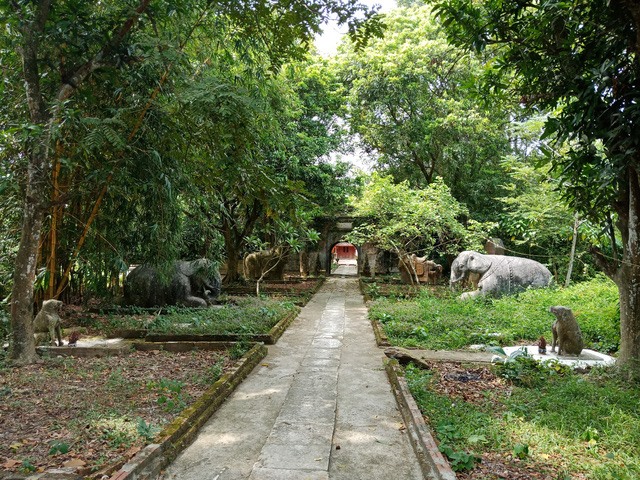 |
| Reflective: Main entrance path tiled with stones leading to the temple. — Photo dantri.com.vn |
It was built in 1671, under the reign of king Le Kinh Tong (1600-1619). According to historians, it covers a total area of 26,000 square metres with two layers of citadel walls: the outer wall was made of soil while the inner wall layer was made of stone.
The path leading to the main temple runs 200m, carpeted with big stones of 0.5m. A stone stele records the merits of Nguyen Van Nghi and his son Nguyen Khai. Inside the inner citadel stands the main temple worshipping Nguyen Van Nghi.
The temple hosts a group of stone statues symbolizing holy animals like dogs, elephants and horses as well as statues of guarding soldiers. A pair of stone dragons were carved on top of the main entrance gate.
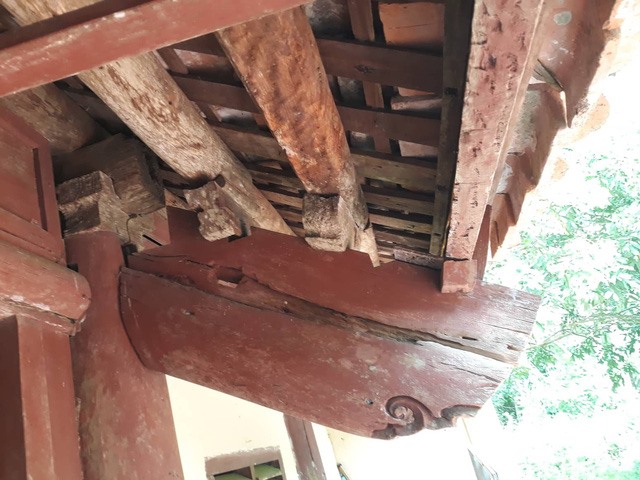 |
| Collapsing: The wood building has deteriorated over time. — Photo dantri.com.vn |
Hoang Trung Kien. an expert from Dong Son District’s Culture Department, the temple has not only been a spiritual site honouring mandarin with considerable contributions to the royal family but also a special artful architecture bearing the features of Nguyen dynasty.
“However, the relic has been deteriorating,” Kien said.
“The main temple and other buildings, statues, wells and steles have been damaged by weather and time, and covered with moss,” he said.
The yard, gates, outer and inner wall have almost disappeared totally, or only the foundations remain.
The temple’s roof with ancient brick tiles has nearly fallen down while pillars have been eaten by worms, which have almost no power to support the roof.
Wild grass has encroached on most of the area.
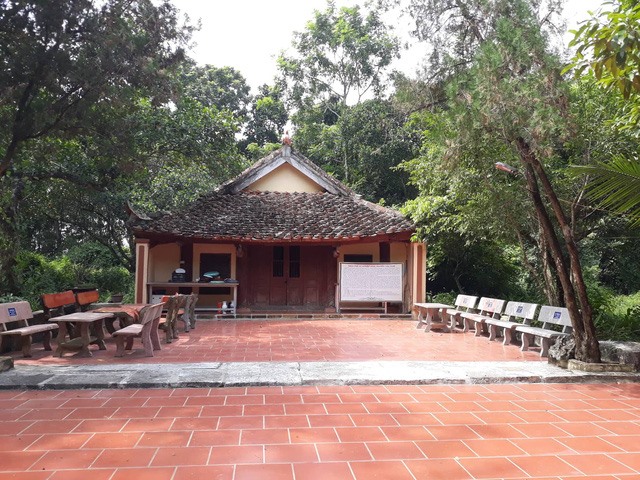 |
| Still got it: A rare building remains standing inside the relic site. — Photo dantri.com.vn |
Three of the four stone walls surrounding the site have collapsed. The remaining wall was built with seven layers of stone, but now only four remain.
“I have been taking care of the site for the past 20 years,” said Thieu Thi Hong, a local. “I clear up the main temple, burn incenses sometimes.”
Hong said she has done the task as a duty to the ancestors.
Five years ago, the culture ministry planned a project to renovate the site.
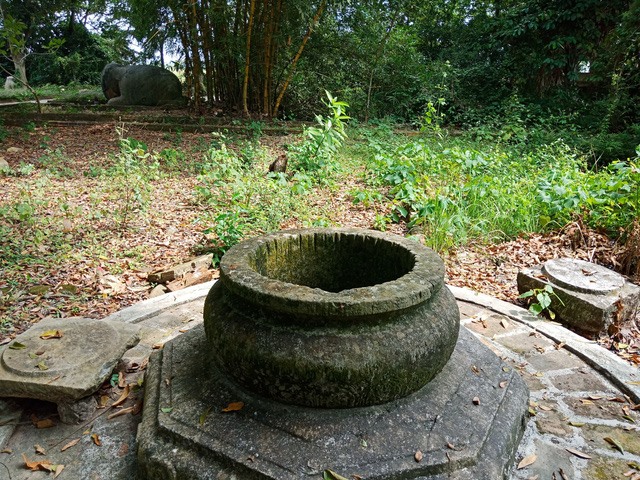 |
| Make a wish: An ancient well made of stone. — Photo dantri.com.vn |
Local authorities in September 2014 issued a Decision to approve a renovation project for the site with a total budget up to over VND52 billion (US$2.2 million). Yet nothing has been done so far.
“The relic was made mostly by wood and stone so it needs a large budget,” Kien said.
“We hope superior concerned agencies pay more attention to the site to preserve it up to the merits of Nguyen Van Nghi as well as the temple’s artistic values,” Kien said.
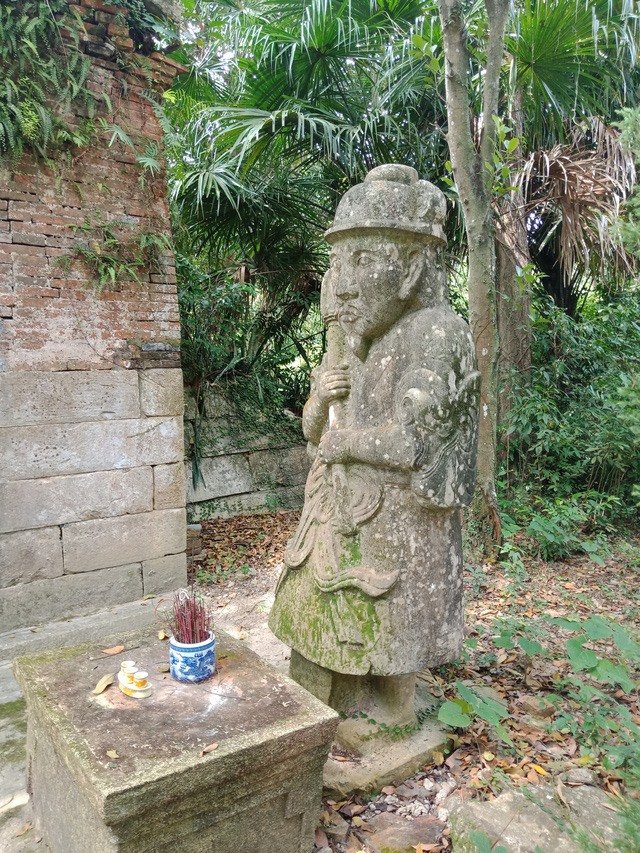 |
| Old: A stone stature at the site. — Photo dantri.com.vn |
According to Pham Duy Phuong, director of Thanh Hoa’s Culture, Sports and Tourism Department, the department would be mainly responsible for the renovation project.
“This year, we will receive over VND1 billion to renovate the site from the State budget,” he said.
“But we still cannot do anything as the proposed sum has not arrived yet.” — VNS